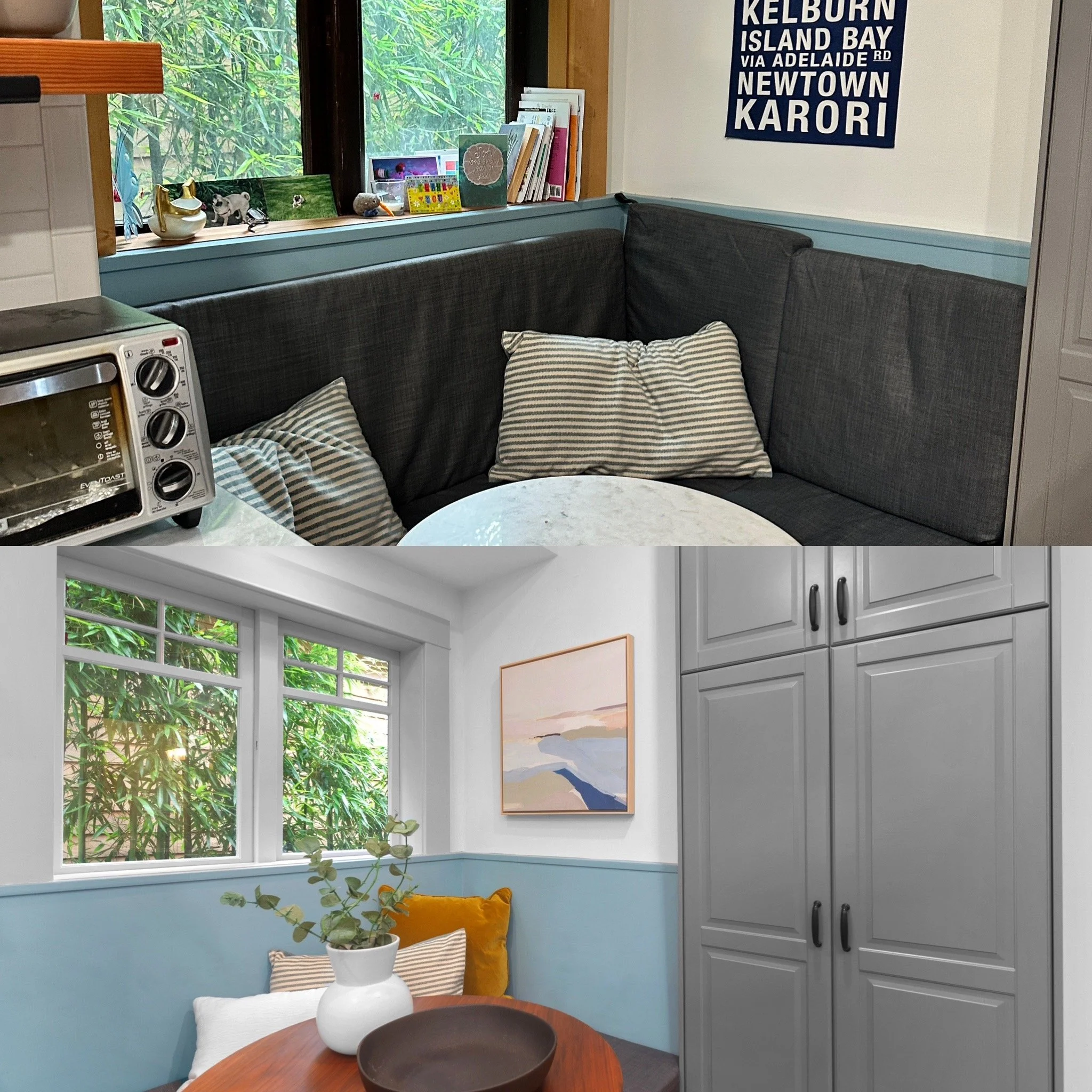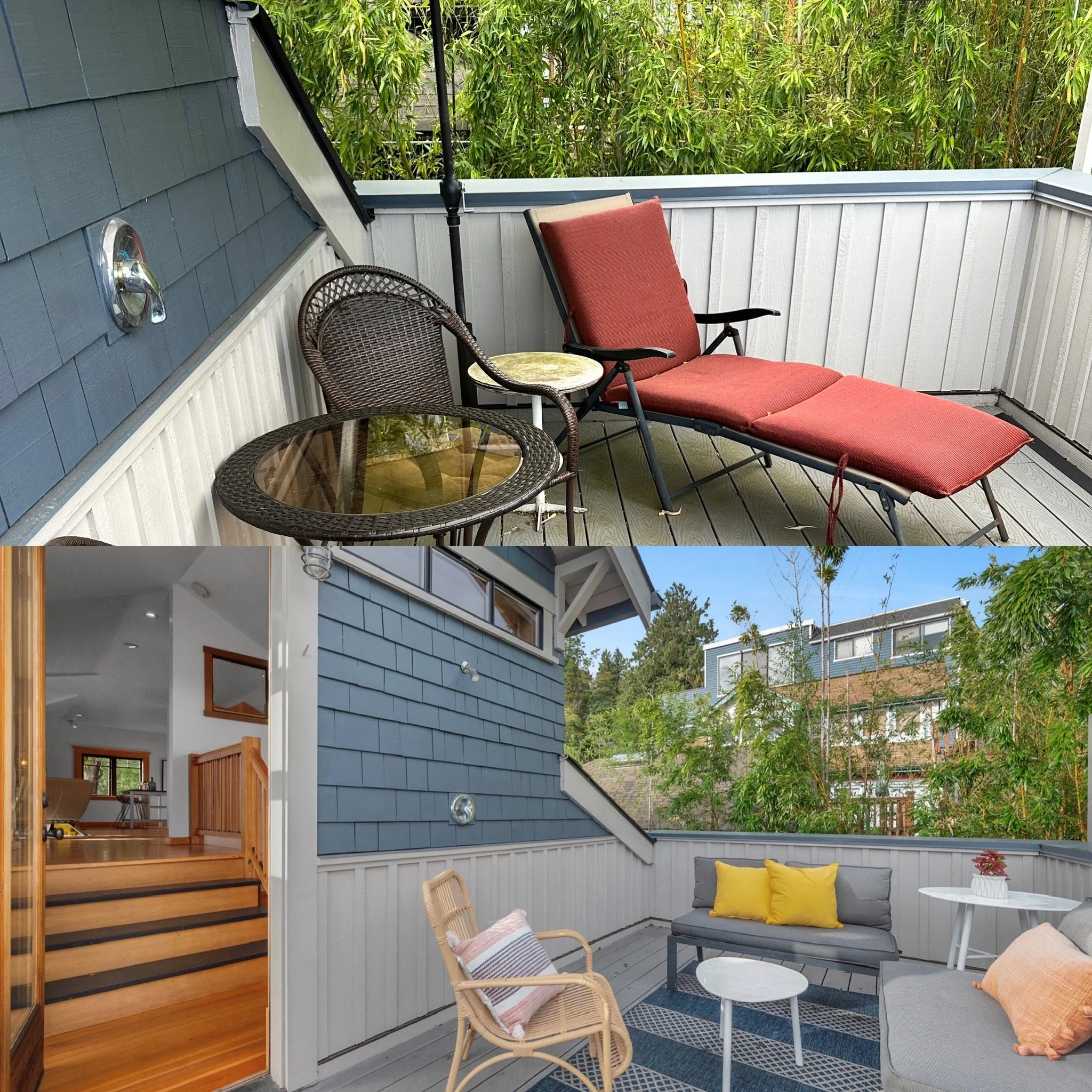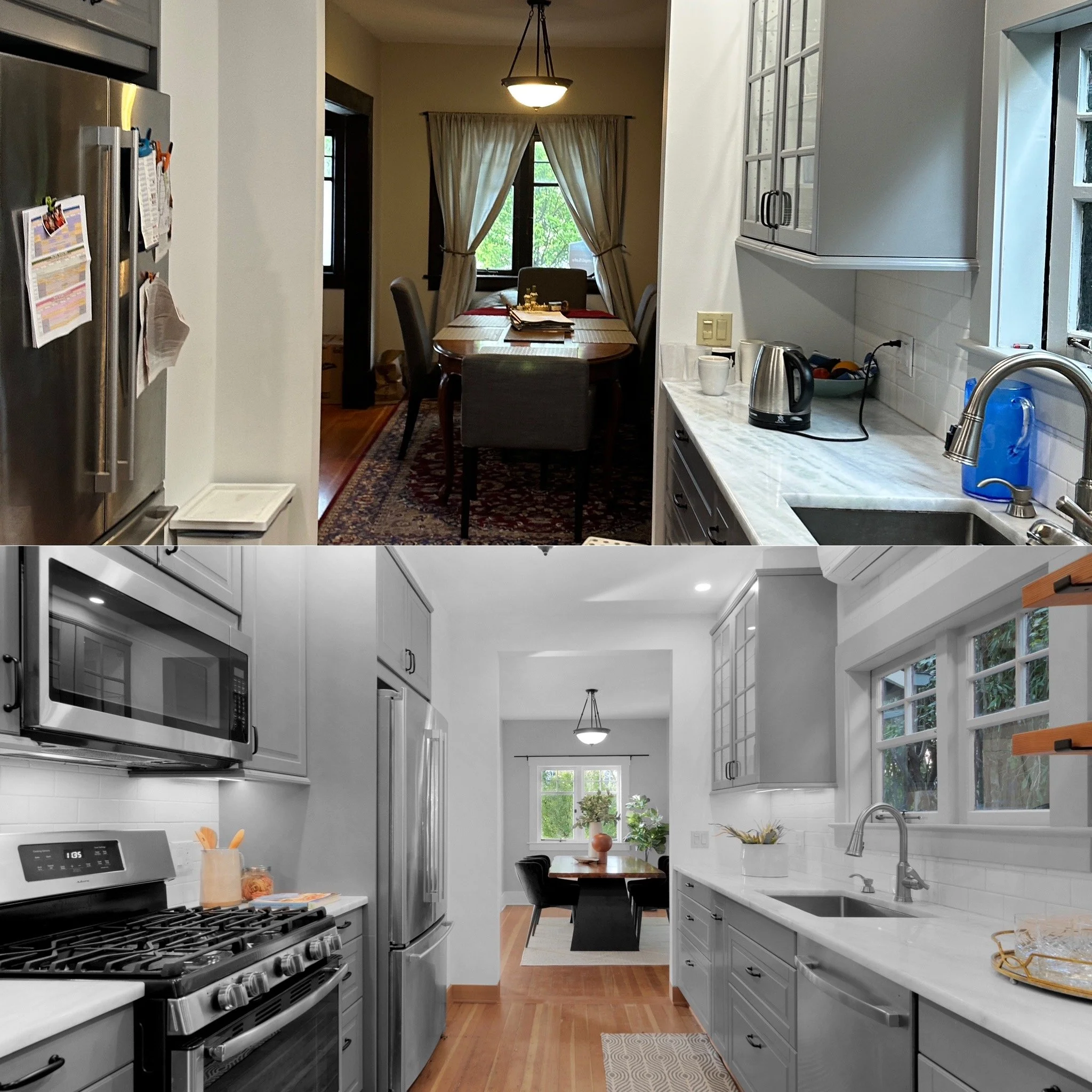3 Reasons To Stage Your Home
When it comes to selling a home, first impressions are everything. Staging a home—arranging furniture and decor to highlight the property’s best features—can make a huge difference in how quickly and how much a home sells for. It’s an investment that has proven time and again to offer great returns, as staged homes generally sell faster and for more money than those that aren’t.
Why Staging Matters
1. Helps Buyers Visualize the Space
When potential buyers walk into a well-staged home, they can more easily picture themselves living there. Staging helps them see the full potential of the space, from how their furniture might fit in each room to how they can use the layout to meet their lifestyle needs.
2. Increases Perceived Value
A staged home often feels more luxurious and inviting than an empty one. Thoughtfully arranged furniture and decor create a welcoming atmosphere, making a home appear move-in ready and more valuable in the eyes of buyers.
3. Improves Online Appeal
In today’s digital age, buyers often browse online listings before ever visiting a home. High-quality photos of a well-staged home can make your listing stand out from the competition. Since 95% of buyers look at properties online before making a visit, this is crucial.
The Financial Benefits of Staging
Let’s get to the numbers. Does staging really pay off? According to the National Association of Realtors (NAR), it certainly does. Here are some key facts:
Staged homes sell for more money. On average, staged homes sell for 5% to 10% more than their non-staged counterparts. This could mean tens of thousands of dollars, depending on the property’s value.
Homes that are staged sell faster. According to the Real Estate Staging Association (RESA), homes that are staged spend 73% less time on the market compared to non-staged homes. The faster you sell, the less you’ll spend on carrying costs like utilities and mortgage payments.
Buyers are willing to offer more for staged homes. The NAR reports that 40% of buyers are willing to pay more for a home that has been staged. In some cases, this can mean competitive bidding that drives the final price even higher.
The ROI on Staging. Though staging may cost between 0.5% to 1% of the home’s listing price, the return on investment can be significant. For example, if you spend $3,000 staging a $300,000 home, you could see an additional $15,000 to $30,000 in the final sale price—a clear return on investment.
Staging is more than just placing furniture in a room; it’s about presenting a lifestyle and allowing buyers to form an emotional connection with the home. By investing in staging, you increase the likelihood of selling your home faster and at a higher price. The small upfront cost can yield big returns, making it a smart strategy in today’s competitive real estate market.
If you’re considering selling, contact me to discuss how staging can help maximize your home’s potential!







